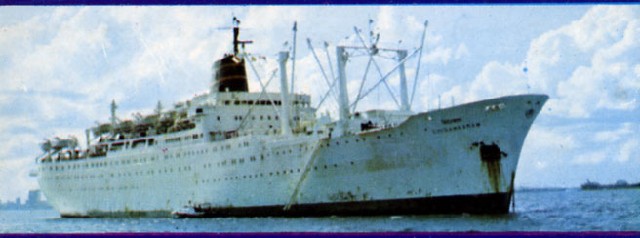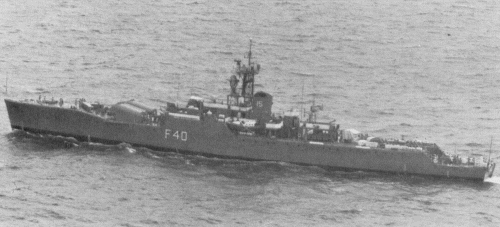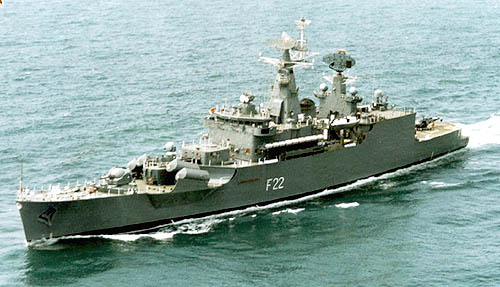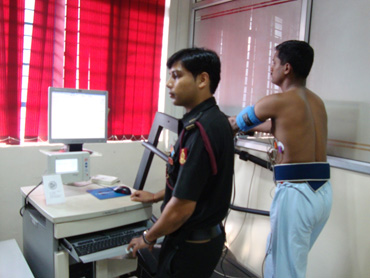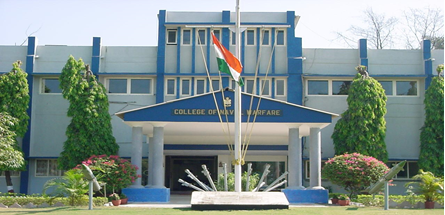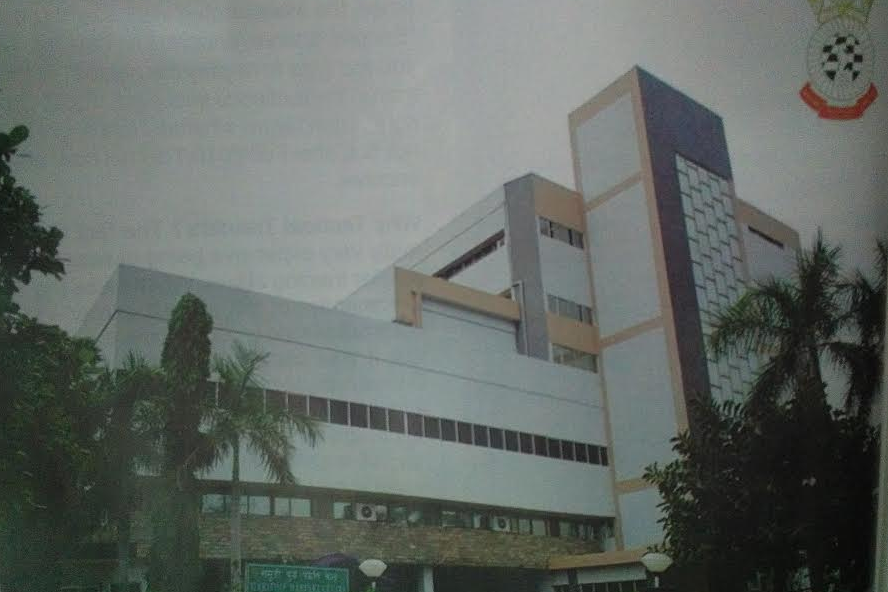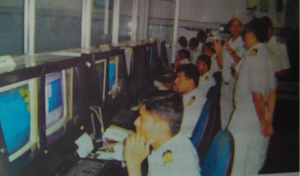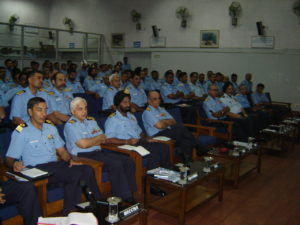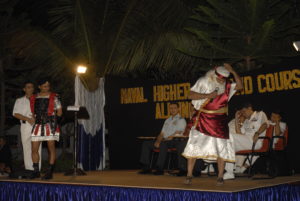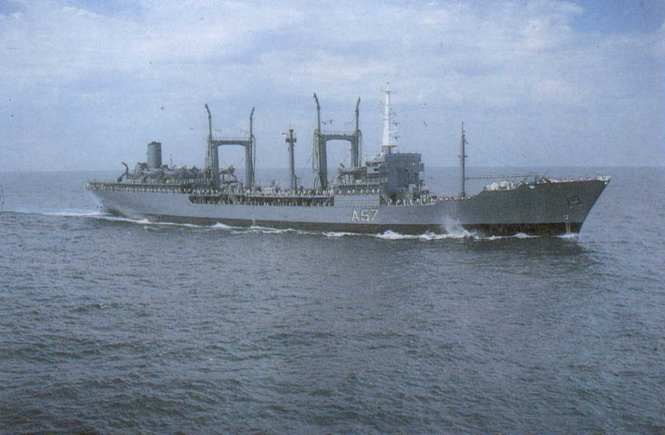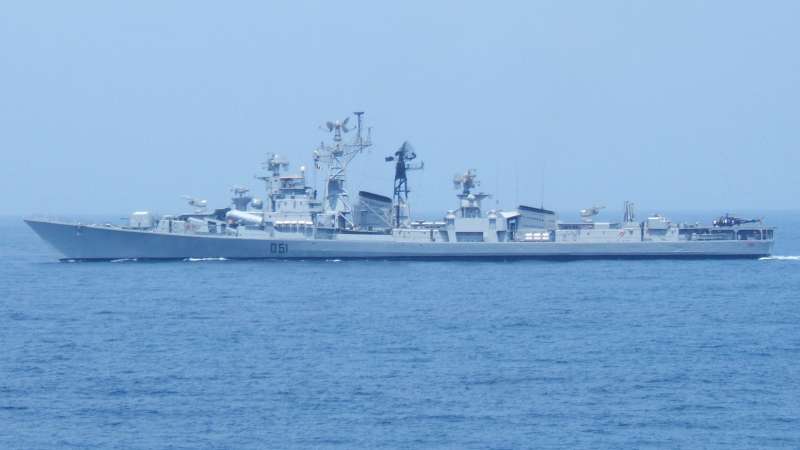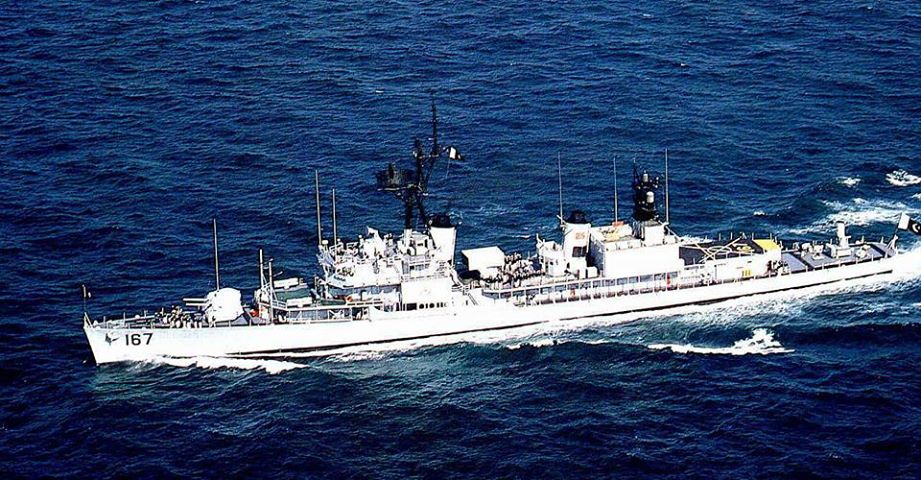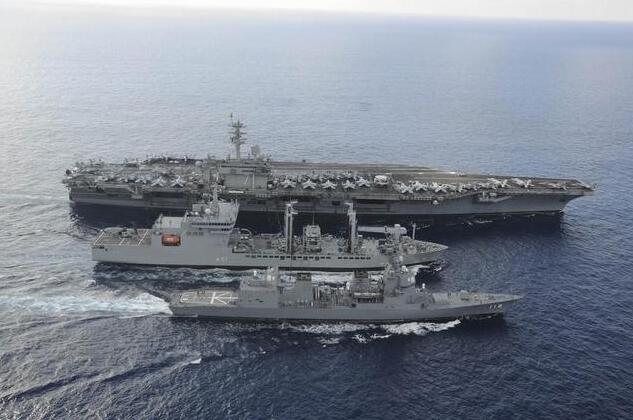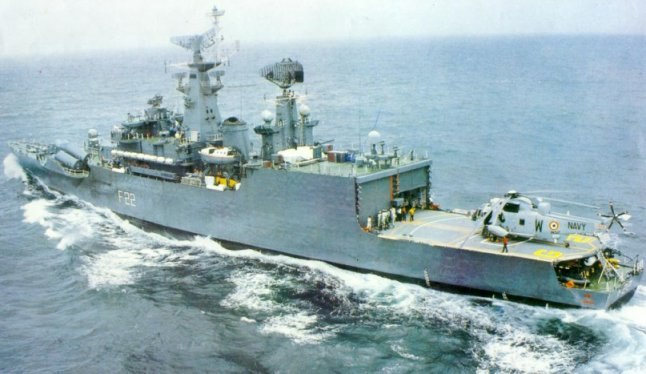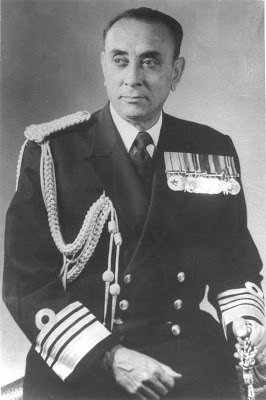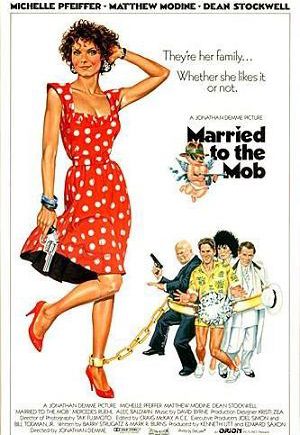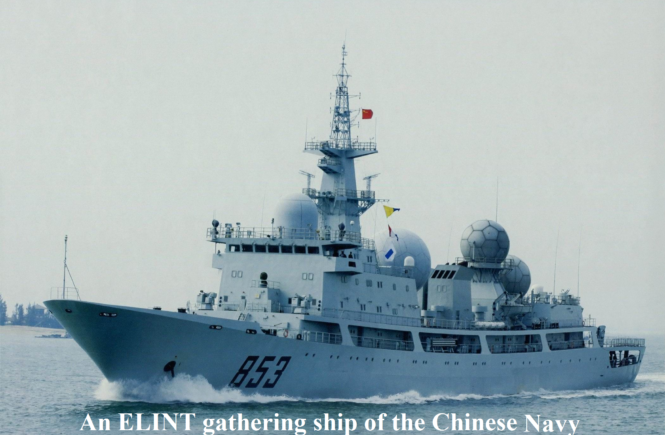Mary (curiously an anagram of Army, the institution being discussed here today) of Magdala (a city on the southwest coast of the Sea of Galilee) or just Mary Magdalene was being stoned by a mob because of her sins (particularly adultery; the Army doesn’t have adultery, it has infantry) and that’s the time Jesus came to her rescue and said, “The first stone should be cast by one who hasn’t sinned”. One by one, as per the gospel, they all went home and left her alone. Later, she was witness to Christ’s Crucifixion and Resurrection.
In sharp contrast, we have any number of Indians and Indian political parties who indulge in stone-pelting (physically and figuratively on the national media, for example) against the Indian Army and some of them rejoice in this carefully acquired hobby. Jesus, and for that matter Mohammad, Rama, Buddha, Nanak and others all keep quiet. It is not them but the Army that is being crucified.
The dark humour is in the fact that some of them are the same people who cannot exist in those hostile situations even for a minute without the army directly or indirectly protecting them. However, at the quickest opportunity they take up such issues (without understanding them at all) as repeal of AFSPA or Armed Forces Special Powers Act.
And what is or are the sins that the Army has committed to earn this opprobrium? I can think of a few; you are welcome to add more:
- It is ensuring the territorial integrity and sovereignty of our nation and that’s not to the liking of the vested interests that would like to see this great nation being broken up into fragments.
- Through elaborate, exhaustive and nerve-racking training, its men and women have become shining examples of discipline, valour, uprightness and patriotism, the very attributes that stand in the way of people who revel in chaos, avarice, cowardice and ill acquired comforts.
- It has values that the countrymen hold dear and there is a dire need to bring it down to the gutter that some of these people find themselves in. “Will teach these holier-than-thou b____s not to try to be different“.
- It has been victorious in very war that was thrust on it and come out in flying colours in any task or situation it was asked to handle. “It is high time these s.o.b.’s taste defeat” (“what do they think of themselves?”)
- It believes in the tenet of ‘selfless-service’, which is ‘foreign’ to self-aggrandizing lot.
In all this, no one has ever thought of the scenario wherein the army says (not that it ever would, with its self-imposed restraint and discipline): “Enough is enough; let them fend for themselves in all situations other than foreign-aggression.” (Please read: ‘Long Time No War‘, for example)
The politicians and bureaucrats have a quick-fix solution to anything and everything by calling the armed forces to handle internal situations that have been caused by the acts of omission and commission of those who should have been directly responsible for handling those situations. In my essay ‘Identification Of Friend Or Foe In Indian Maritime Scenario’, I had brought out how the Indian Navy was wrongly blamed for the failure to prevent 26/11 Mumbai Attacks and how, post that, it is the only leading navy in the world made responsible for coastal security. Having been made responsible, the Indian Navy personnel even went about conducting census of fishermen in the coastal states to bring a modicum of order in the near chaotic scenario that prevailed. They presented this data to local authorities whose job it was to conduct such census.
The joke going around in the naval circles was and is: ‘Anytime you see water, think of us‘.
It is the same with the army on land.
Recently, my wife and I undertook a trip to Kaza in Spiti district of Himachal Pradesh from our home place in Kandaghat. Roads were alright up to Rampur Bushair, Jhakri and Karcham. But, from there onwards it was an ordeal. There were only three kinds of roads: the good and wide metalled roads (about 10 percent); roads that could be distinguished from khuds and nallahs with a little closer scrutiny; and finally, what I call as environmentally friendly roads: ie, no change from their original condition before the roads were constructed.
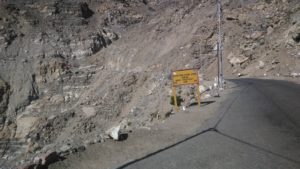 In many places, after Powari and Reckong Peo, we came across army jawans having been placed at really bad stretches of roads. Their purpose? Hold your breath – to prevent injury to people from falling and shooting stones!
In many places, after Powari and Reckong Peo, we came across army jawans having been placed at really bad stretches of roads. Their purpose? Hold your breath – to prevent injury to people from falling and shooting stones!
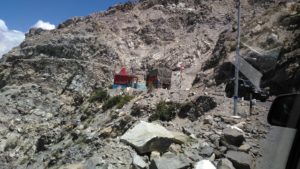 You don’t find humour in this? Well I find enormous humour in this: these are the same people that people pelt or hurl stones at and these are the valiant men who think nothing of risking their own lives to keep you from getting injured and/or killed!
You don’t find humour in this? Well I find enormous humour in this: these are the same people that people pelt or hurl stones at and these are the valiant men who think nothing of risking their own lives to keep you from getting injured and/or killed!
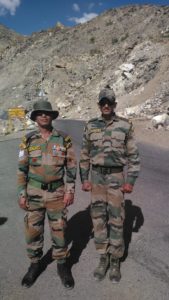
We had lunch with the army at a palce called Sumdo (we cross over from Kinnaur district to Lahoul and Spiti district there). The place is free of all vegetation and there are bald ills (the distant ones had still snow on them). When we were driving back to Malling, we found a Malling Detachment of army men, being posted there in a hilly road of shooting stones, to keep people safe when it is not even their task to do so.
They offered my wife and I hot tea and Good-Day biscuits and said, “Saab thak gaya hoyega” (Saab must be tired).

I didn’t know whether to laugh or cry. I am giving you my first unadulterated reaction (and please forgive me if it is a little unparliamentary language):
“Bloody ungrateful countrymen”.
P.S. One of the WhatsApp messages going around is about one of our countrymen complaining to the waiter about stones in the rice-pulao he had ordered. The waiter clarified: “It is Kashmiri pulao, Sir”.
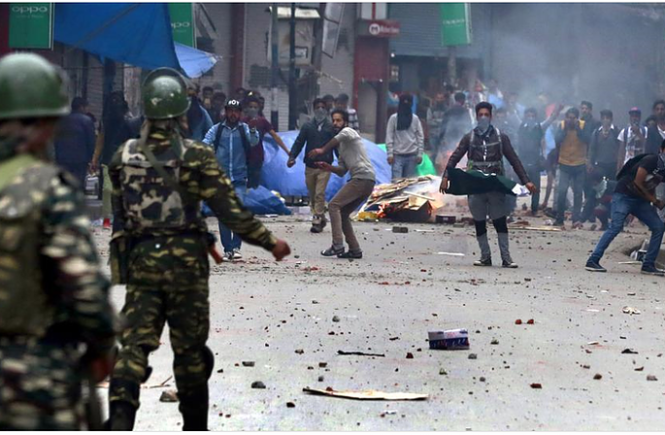

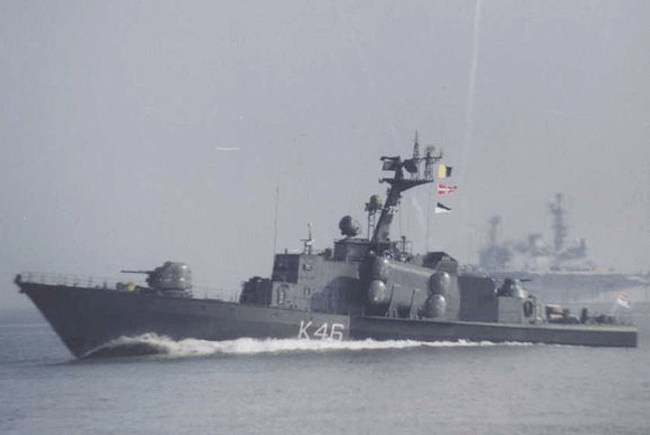
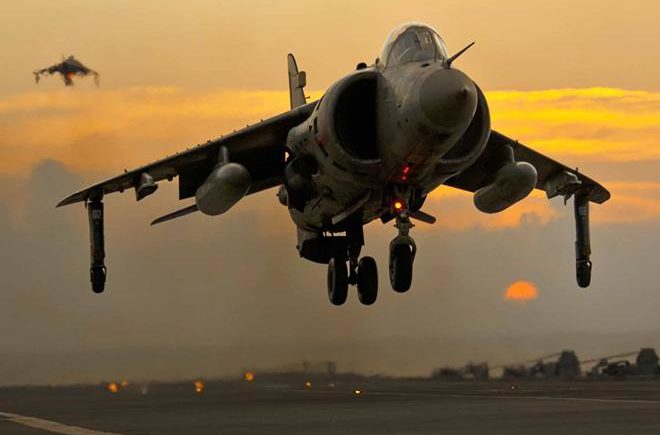
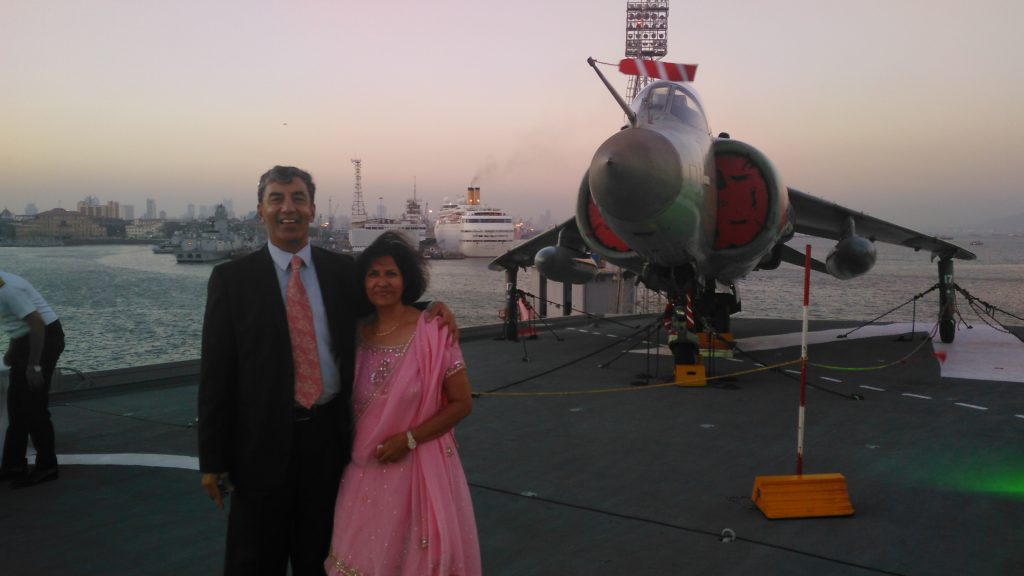
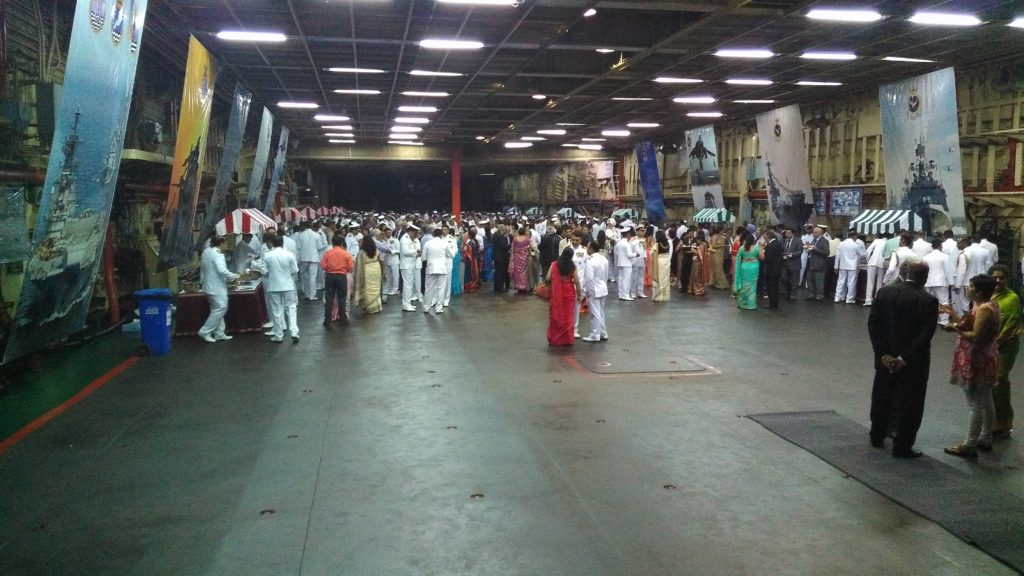
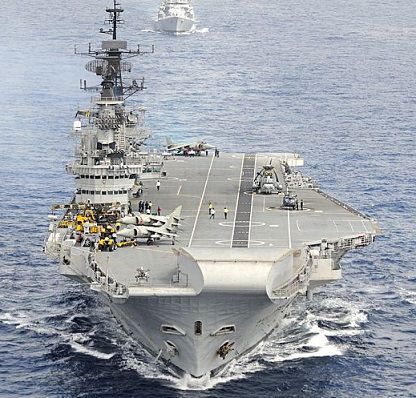
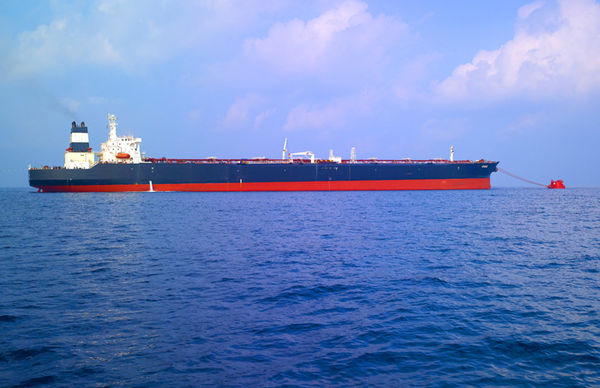
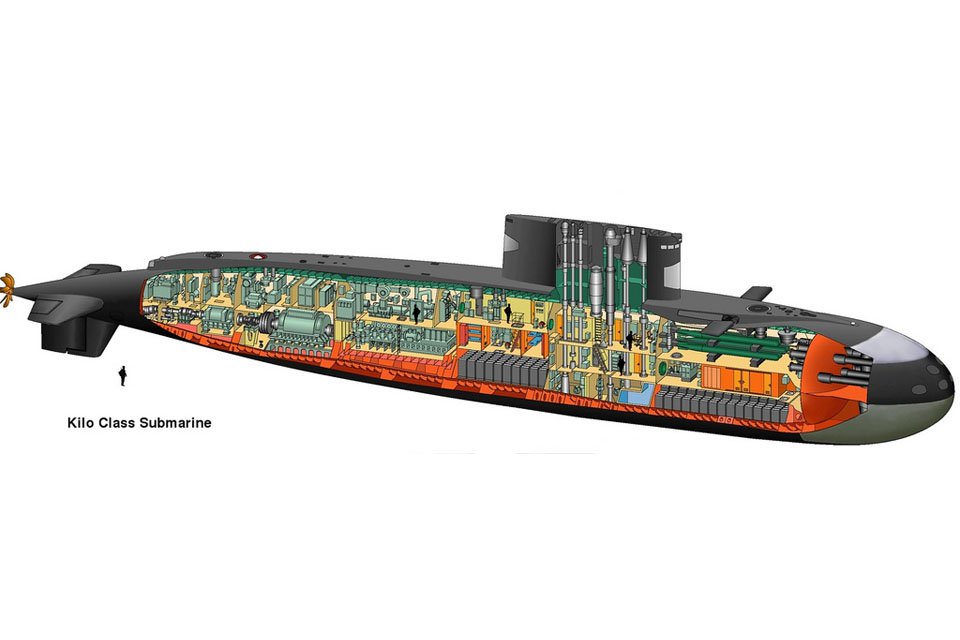
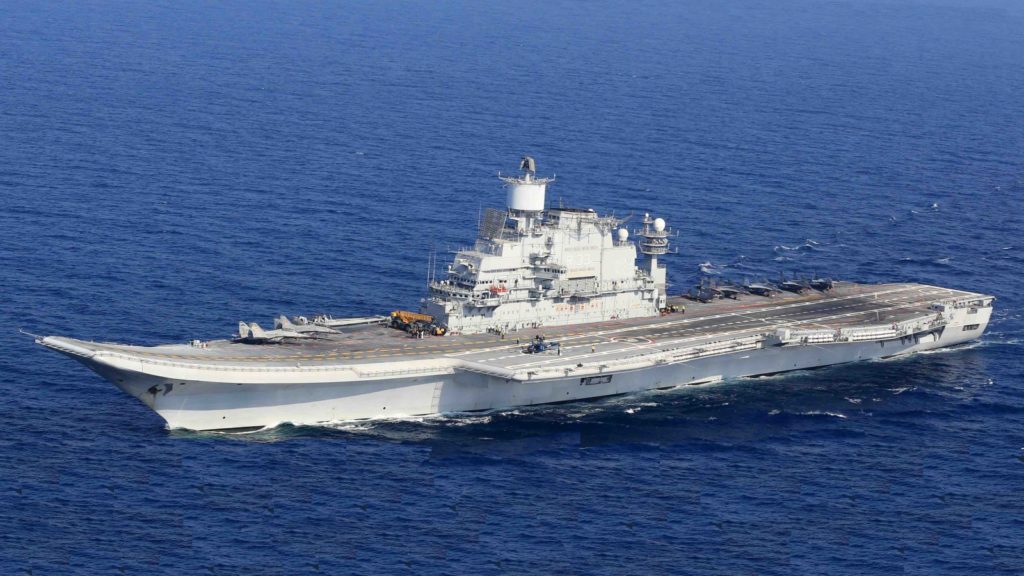

 I am reminded of this lady complaining to another, “I don’t know what’s wrong with my husband? On Sunday I made carrots; he relished them and told me so. On Monday, I made carrots; he found them very tasty. On Tuesday, he appreciated my carrots. On Wednesday, he liked them. On Thursday, he said they were alright. On Friday, he suddenly picked up the dish of carrots and threw it down. I can’t unders
I am reminded of this lady complaining to another, “I don’t know what’s wrong with my husband? On Sunday I made carrots; he relished them and told me so. On Monday, I made carrots; he found them very tasty. On Tuesday, he appreciated my carrots. On Wednesday, he liked them. On Thursday, he said they were alright. On Friday, he suddenly picked up the dish of carrots and threw it down. I can’t unders Let’s say you got fed up of eating brinjals at home because RIK issue centre suddenly gave you 2.5 Kgs of brinjals. So, you rang up your best friend’s wife, “Nisha, Lyn and I are coming over to have dinner at your place.” Chances were that Nisha too would serve you brinjals; having received them too from the RIK. There was no getting away from brinjals and RIK!
Let’s say you got fed up of eating brinjals at home because RIK issue centre suddenly gave you 2.5 Kgs of brinjals. So, you rang up your best friend’s wife, “Nisha, Lyn and I are coming over to have dinner at your place.” Chances were that Nisha too would serve you brinjals; having received them too from the RIK. There was no getting away from brinjals and RIK!

